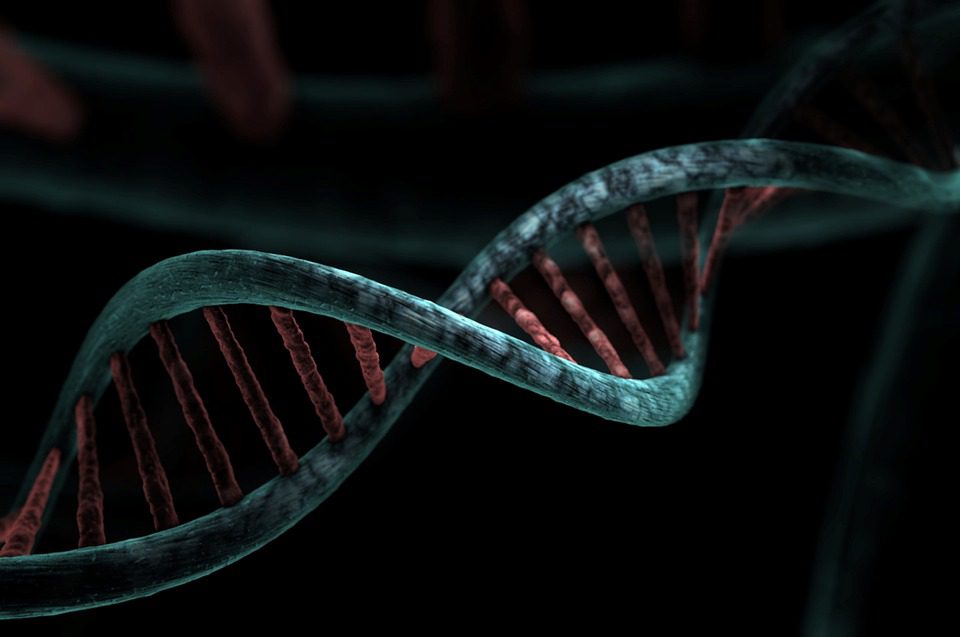DNA is the fundamental data storing system in nature. We may use it to store any kind of data, including photographs, video, and music, explains Kasra Tabatabaei, a scientist at the Beckman Institute for Advanced Science and Technology and co-author of this paper, published in Nano Letters.
DNA is among the greatest, if not the best, storage medium for archival material in particular. DNA is engineered to withstand the worst circumstances on Earth — often for millennia — yet remain a useful data source. Scientists can analyze ancient strands to elucidate genetic histories and bring long-forgotten landscapes to life.
Each day, the internet generates many petabytes of data. Just one gram of DNA would really be plenty to hold all of that information. This is the density of DNA as a storage mechanism.
Another significant feature of DNA is its inherent availability and near-infinite recyclability, which is not mirrored by the most powerful data storage technology available today: silicon computer chips, which sometimes circulate for just a few years before being buried in a mound of landfilled e-waste.
At an age when the world is confronted with enormous climatic concerns, the critical nature of smart storage solutions cannot be overstated. New green methods for DNA scanning are developing, which will increase the importance of molecular storage in the long term.
The team increased DNA’s already enormous potential for data storage by inserting seven artificial nucleobases into the four-letter sequence. The researchers pioneered in response to a unique constraint: not all currently available equipment is capable of deciphering synthetically produced DNA strands. To address this issue, they used machine learning plus artificial intelligence to create a unique first-of-its-kind approach for analyzing DNA sequence readouts.
This study demonstrates the feasibility of expanding macromolecular storage of information to non-natural chemistries, thus having the capacity to significantly boost storage volume in the non-traditional storage medium.












Leave a Reply